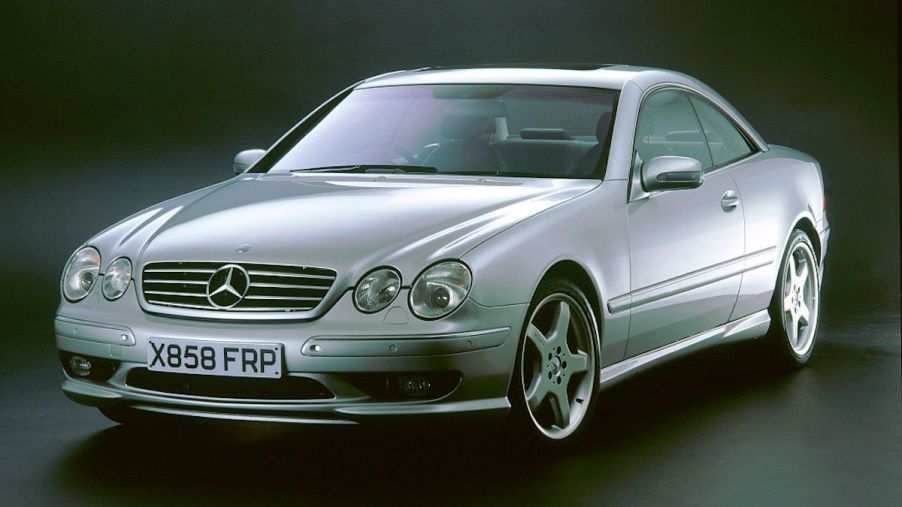
One Of The Best Looking Mercedes-Benz Ever Is Also the Most Problematic
The Mercedes-Benz CL500 and CL600 touring coupes built from 1999 to 2006 are some of the most attractive models the company has built in the last 50 years. They featured the latest Mercedes tech, and the flowing design makes it so desirable today. Available in both 500 V8 and 600 V12 versions, as well as AMG variants, most were priced just above $100,000. So you might be asking yourself why are they selling for less than one-tenth that price today for nice, clean examples?
What are the most common problems of the Mercedes CL500?
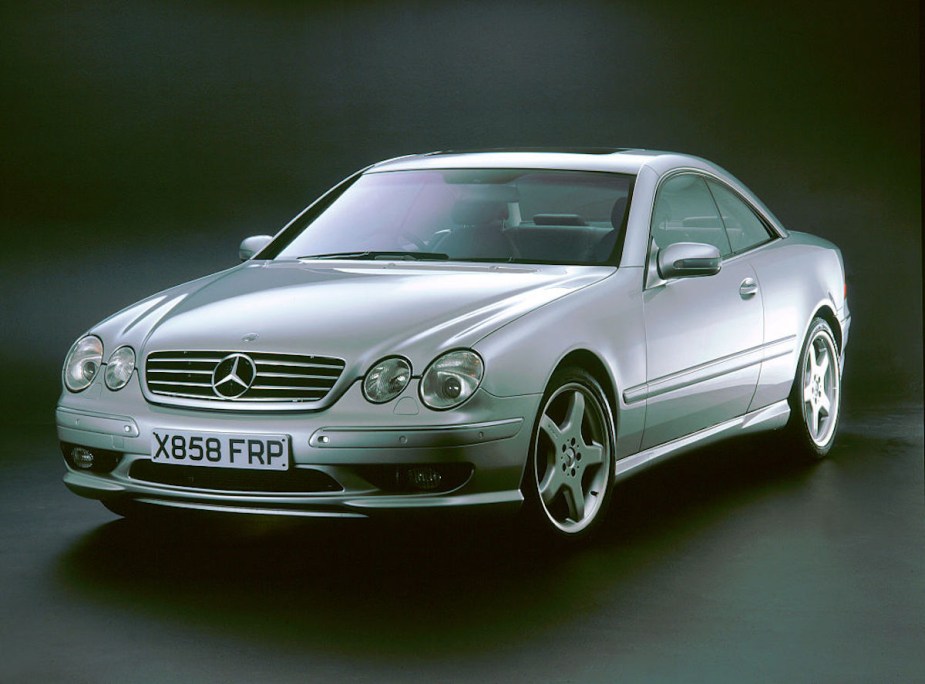
All of that tech also caused lots of problems, especially as the miles piled up. There was Active Body Control, Electronic Stability Programme, Brake Assist, Skid Control, and more. Keyless entry, tire pressure monitoring, and all that leather in the cabin. You really arrived when you pulled up with a CL.
But in the case of its Active Body Control alone or ABC, there should have been a recall for the problems that were so frequent and pervasive. What is ABC? Hydraulic fluid flows through lines to dampers at all four corners. At higher speeds, it would lower the CL by an inch. It drastically reduced body roll while improving handling and riding comfort. Cornering was a predictable, effortless exercise for the CL.
How bad was the CL500 ABC suspension system?
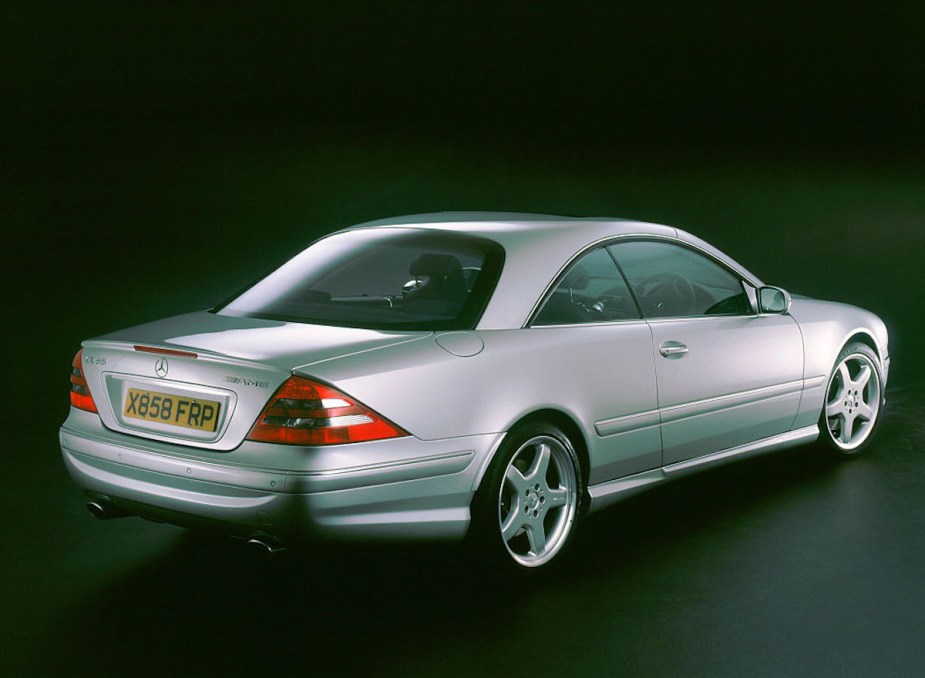
All CLs had ABC, and virtually all CLs have received new hydraulic lines sometime in their lives, which usually means the fuel pump was also replaced. What do the ABC lines and fuel pumps have to do with each other? The fluid that courses through the lines lubricates the fuel pump, too. And even the slightest bits of debris eat up CL fuel pumps.
Lucky owners are those that go into their garages and one side of the car is leaning down. That means a hydraulic line or connection broke, releasing fluid onto the garage floor, but not contaminating the fuel pump. Still, the fix can be costly, even without fuel pump replacement.
Is the CL600 V12 a better car?
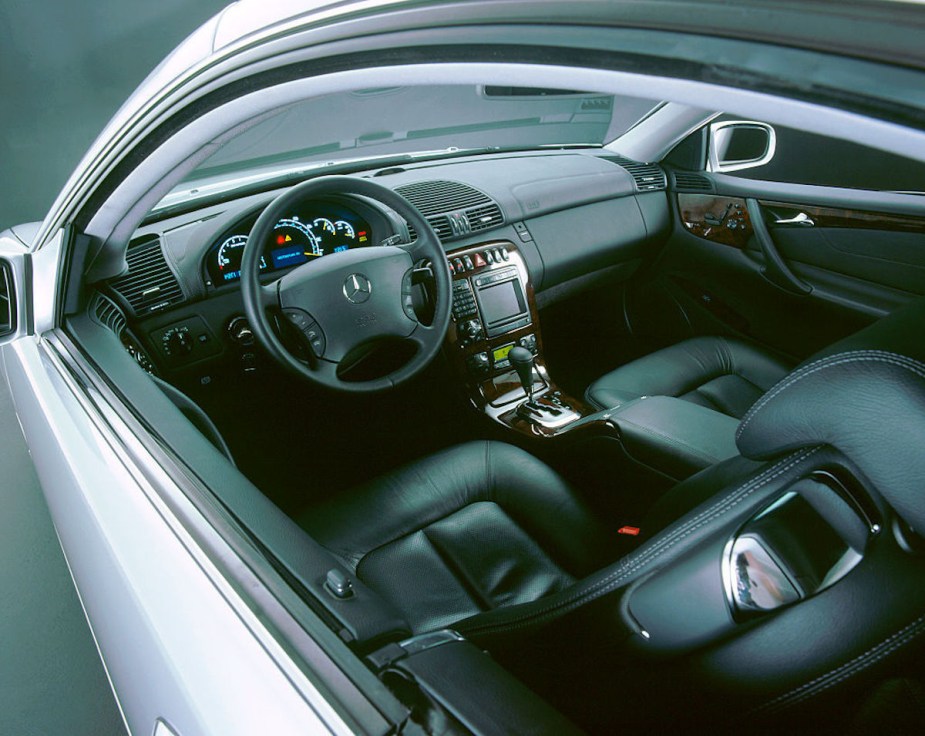
The V12 600Cl had its own unique problems besides the ABC fiasco. Oil cooler O-rings failed universally. Oil leaks are common, as also occur at the rear of the rocker covers, which aren’t easy to access. Water in the fuel is also a problem for both CLs due to condensation. And with 12 coils, replacements are expensive, times 12.
Automatic transmission valve bodies were also an issue, according to the UK’s Autocar. Speed sensors can cause the trans to stay in gear. Problems with the trans will trigger the engine management light, which can mean an expensive trip to the dealer.
What are the best years for the coupe?
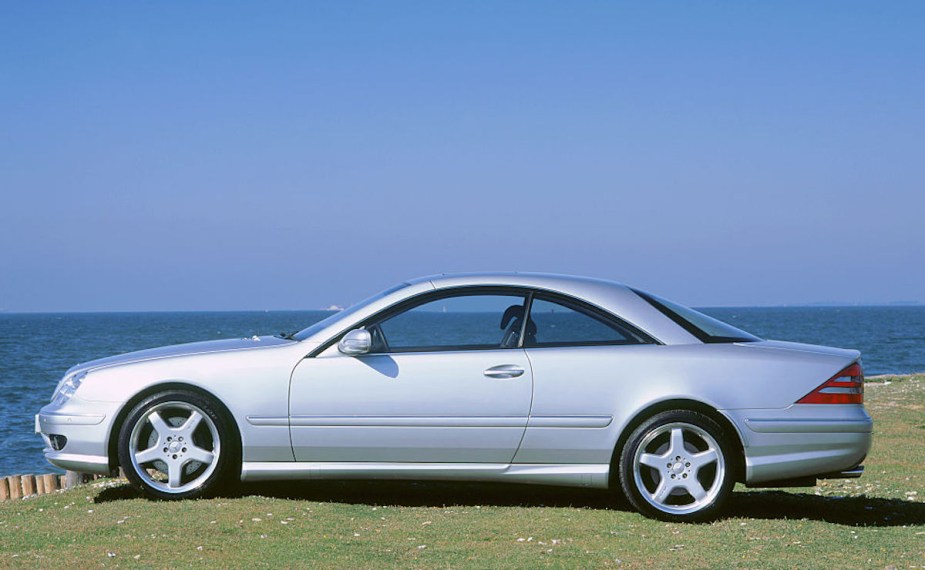
There was a facelift in 2002, with increases in power and other tweaks. A post-2002 with low miles would be your best choice, but still, you shouldn’t pay more than $10,000 to $14,000. There are many out there for a lot less with around 100,000 miles or more. But without thorough service records, you might want to reconsider.
Honestly, any CL600 should be avoided, unless you’re knowledgeable about its flaws and how to correct them. In the future, as these become more collectible, the 600 will be worth the most. But they’re as complicated as cars come.
Finally, these coupes have a voracious gas appetite. They’re not economic from that standpoint. If nothing else, if you do choose one today, you can go into the garage and marvel at its technology and sleek design.



